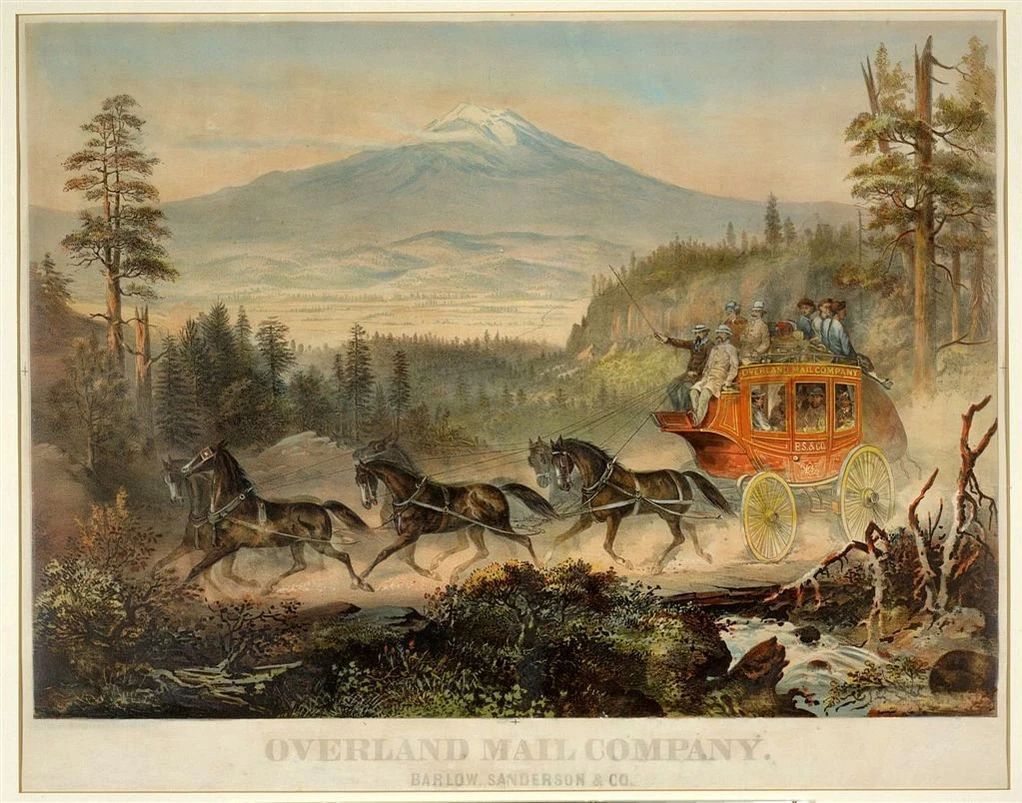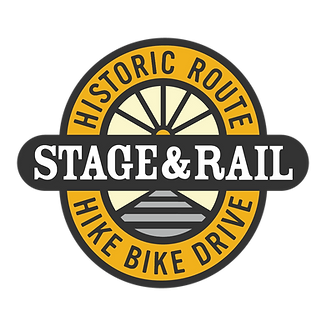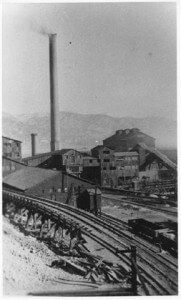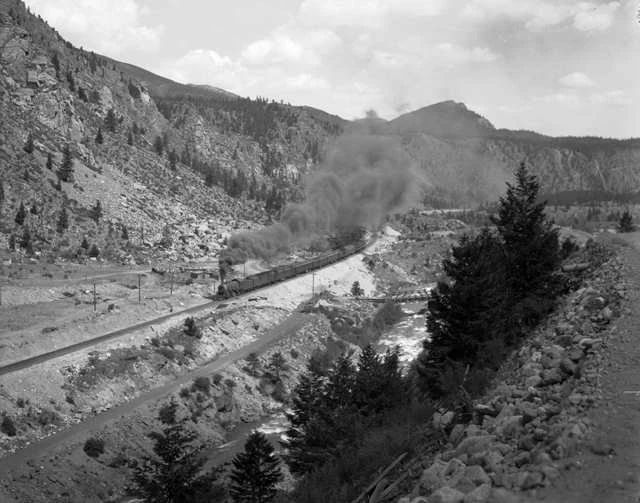QUICK HISTORY GUIDE
Stage Road and Midland RR
THE BASICS
Short takes
BEFORE GETTING OUT ON THE ROUTE
Read a summary history
The Leadville Stage Roads
A much-abbreviated version of the history of stage transportation to Leadville goes like this. As word of the 1860’s discoveries of gold in California Gulch (eventually Leadville) and Cache Creek (Granite) spread, boom towns rapidly sprang up, populations rose, individual claims and large corporate mining operations and smelters (Leadville, Salida) multiplied. Inevitably there was demand for transportation routes for freight, passengers and mail, and that demand was met by perhaps a dozen publicly supported or privately developed stage routes and toll roads. One could get to Leadville from Denver via Minturn and Tennessee Pass, Dillon and Fremont Pass (Climax), Weston and Mosquito Passes from the Fairplay area and via Trout Creek Pass and Buena Vista. The stage road of interest in the Stage and Rail project is the one which approached Leadville from the south along the Arkansas River, originating in the 1860’s downriver in Cañon City, which was then the terminus of the Denver and Rio Grande and other railroads. As that terminus was gradually extended up the Royal Gorge to Salida by 1879, stages and freight began their journey further northward from there. Rapid progress of the narrow-gauge D&RG resulted in train service reaching Buena Vista in June 1880 and shortly thereafter-July 17th-passengers were able to go all the way to Leadville. (The standard gauge Midland RR from Colorado Springs across South Park and Trout Creek through Buena Vista didn’t reach Leadville until 1887, although its ultimate destination was Aspen through the Hagerman Tunnel crossing under the divide west of Twin Lakes.)
Passenger service along the various routes often became dominated by the stage companies who held the US Mail contracts. In the case of the Cañon City to Leadville stage road, that was the legendary Barlow and Sanderson Company. Predictably, passenger stage traffic dropped precipitously soon after the D&RG reached Leadville, but in its heyday during the 1870s, a phenomenal number of stages passed through Salida and Buena Vista. For example, in 1879 the Barlow and Sanderson line carried some 16,970 passengers through Buena Vista. Most came from Cañon City or Salida and the balance by coach over Trout Creek Pass from the Denver South Park and Pacific RR terminus in South Park. A stained but legible image by William Henry Jackson in Buena Vista in 1879 gives evidence of just how busy the local stage and freight terminus was!
For a more detailed description of the early toll roads and stage routes serving Leadville and its environs, see the Historic Trail Map of the Leadville 1deg x 2deg Quadrangle, Central Colorado.
Like many transportation routes, the Cañon City to Leadville Stage Road seems to have had various alternative alignments and river crossings over its history of about 1860 through 1890. The S&R team found evidence of at least seven simple bridges between Salida and Leadville, for example at Cleora just south of Salida, at Fisherman’s Bridge (CR 301), another just south of Buena Vista, one north of the CR 371 tunnels, another at the AHRA Railroad Bridge Campground on CR 371, one at Pine Creek and a last, more substantial one just north of Clear Creek. Likewise various overnight or horse-exchanging stations have been documented, from Bales Station south of Salida to one on the Kraft Ranch along CR 191, to Helena north of Fisherman’s Bridge. Others are referenced as being in Buena Vista, Granite and lesser-known stops where passengers might be connecting to other routes. Of all these, the only example of a station/hotel still standing is the Commercial Hotel in Granite.
Although stage traffic might have been the more documented aspect, freight movement over all or sections of the stage road played a tremendously important role in early development of both counties. Some of that traffic might have been long distance hauling to Leadville from as far away as Salida but much was timber from the forests and agricultural produce and hay (for mining operation livestock) from the developing ranches and farms around Buena Vista. Similar supply lines to Aspen were important either over Cottonwood and Taylor Passes or later, when built, Independence Pass, and those frequent horse- and mule-drawn wagons would have used pieces of the original stage road. Even after arrival of the railroads, stagecoach passenger traffic dwindled to near-nothing , the freight roads, including the stage road, continued well into the early 1900s, and motor vehicles, including freight-hauling trucks, began to reach the area.
For more detailed information on stagecoach road history along the Stage and Rail route you can go to the ONLINE BROCHURE. Several of the Points of Interest (POI) deal specifically with stage stations, bridges, routes and stories, including numbers 1, 2, 3, 34, 39 and 44.
The Colorado Midland Railroad
Too much has been written about the Colorado Midland to summarize here, but the basic facts are that it was the first standard gauge rail line to reach the Arkansas Valley, and then cross the Continental Divide, originating in Colorado Springs in 1883 and traversing the south-central section of South Park through Hartsel, eventually crossing Trout Creek Pass to reach Buena Vista in 1886. It didn’t get right into town but, to save elevation for its ultimate destinations of Leadville and Aspen/Grand Junction, the Midland’s Buena Vista depot was some 200 feet above the town to the east (along modern County Road 304 overlooking Buena Vista). From there passengers and freight had to be transported by “hack road” down into town. (That hack road is the centerpiece of the modern Whipple Trail system of which Buena Vista is so proud.) From Buena Vista’s up-the-hill depot the Midland ran northward along the east side of the Arkansas across spectacular trestles (e.g. Hop Gulch) through the once-bustling service and watering station of Wild Horse and the locally famous triple tunnels along modern County Road 371. The route stayed true to the east bank until Clear Creek, where on handsome still-standing sandstone supports it crossed just to the north. Still on the west bank it passed through Granite (now overlain by US24).
The ONLINE BROCHURE has many Points of Interest north of Buena Vista focused on Midland history, including 30, 31, 32, 38, 39, 40, 42, 48, 50 and 51.
Additional Resources
The Chaffee County, Colorado Historic Resources Survey 2011-13 Final Survey Report is an excellent summary of Chaffee County history and provides context for the Points of Interest for both the stage road and the Midland Railway.
If you want a timeline of the Midland’s development and more information on its entire route from Colorado Springs to Aspen, this is the
place to go.






